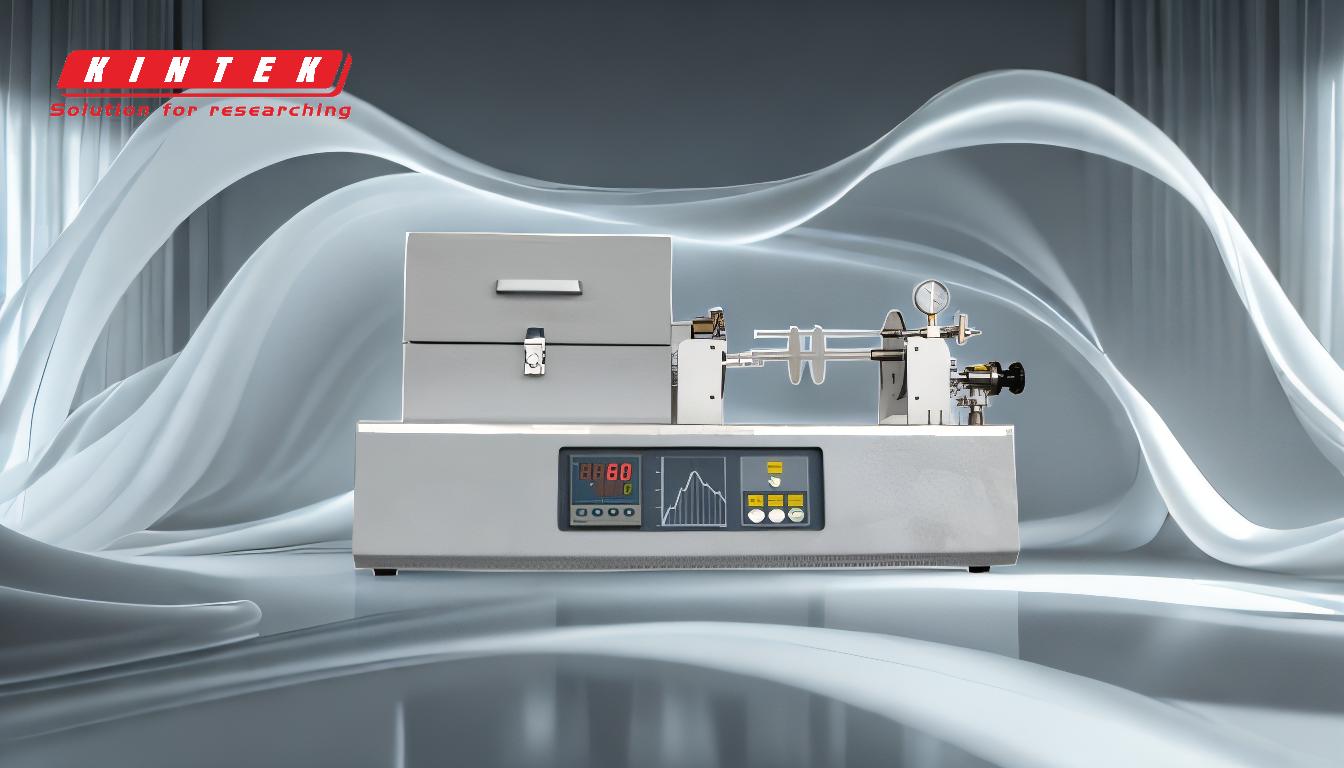与普遍的直觉相反,电弧绝对可以在真空中发生。 这种现象被称为真空击穿,与空气中的电弧有着根本的区别。它不是周围气体击穿,而是高电场迫使电极材料本身成为电弧的来源,形成一个由汽化金属组成的导电通道。
核心要点是,真空电弧不是真空(一种近乎完美的绝缘体)的失效。它是真空中导体的失效。整个过程是由电场变得如此强烈,以至于它直接从电极表面撕裂电子,然后汽化材料,从而形成电弧所需的介质。
真空电弧的解剖
要了解如何防止真空电弧,我们首先需要了解其独特的生命周期。这是一个多阶段过程,其中电极提供自己的“燃料”。
关键的第一步:场致发射
该过程始于负电极(阴极)的表面。即使在高度抛光的表面上,也存在微小的尖点或“晶须”。
高电场在这些微小点上强烈集中。当电场足够强(每米数百万伏特)时,它可以通过一种称为福勒-诺德海姆隧穿的量子力学效应,直接将电子从金属表面拉出。
从电子束到蒸汽云
这些被释放的电子被高压加速穿过真空间隙,形成一个高度聚焦的电子束。
这种高能电子束撞击正电极(阳极),迅速加热一个小点。如果能量足够,这个点可以被加热到沸点,将一团汽化金属释放到真空间隙中。
失控的级联:等离子体形成
这种新形成的金属蒸汽云是缺失的成分。场致发射的电子现在可以与这些金属原子碰撞并使其电离。
这种电离产生了一个导电等离子体——正金属离子和更多自由电子的混合物。正离子被加速返回阴极,撞击阴极并导致更多的加热、溅射和释放更多的电子。这创造了一个自我维持的、失控的级联,我们将其视为一道明亮的电弧。

影响真空击穿的关键因素
与空气中击穿电压相当可预测不同,真空击穿高度依赖于系统的状况和准备。
电场强度
这是主要驱动因素。它是施加电压和电极之间距离的函数。较小的间隙需要较低的电压才能达到相同的临界场强。
电极表面状况
这可以说是最关键的实际因素。粗糙、未抛光或机加工的表面覆盖着微小的尖点,这些尖点会大大降低启动场致发射所需的电压。这就是为什么用于高压真空的组件通常需要电抛光至镜面光洁度。
电极材料
金属的选择很重要。具有高熔点、高功函数和低蒸气压的材料(如钨或钼)比铝或铜等材料更能抵抗电弧。
表面污染
任何异物——灰尘颗粒、指纹上的油污或残留的清洁溶剂——在受到电子撞击时都容易汽化。这些污染物充当“触发器”,在比清洁电极材料允许的低得多的电压下引发电弧。
了解陷阱
在高压真空中进行设计需要思维方式的转变,从气体的特性转向极端应力下固体材料的特性。
“完美绝缘体”神话
虽然完美的真空是完美的绝缘体,但现实世界中的系统并非如此。您的系统绝缘性仅取决于其中导体表面的质量。电极始终是薄弱环节。
被忽视的几何形状重要性
工程师必须痴迷于组件几何形状。导体上的任何尖锐边缘或角落都会集中电场,成为场致发射的潜在位置。所有高压导体都应具有大而光滑的半径。
污染的危险
在大气系统中,一点灰尘可能无害。在高压真空系统中,一个微小的颗粒都可能成为灾难性电弧的种子。这就是为什么严格的洁净室组装和真空烘烤程序(在真空中加热系统以驱除污染物)是标准做法。
如何在设计中防止真空电弧
您防止击穿的策略直接取决于系统的主要要求。
- 如果您的主要重点是最大限度地提高电压可靠性: 优先选择电极材料(例如,钨或不锈钢)和细致的表面处理,包括电抛光以去除微小的尖点。
- 如果您的主要重点是设计一个实用系统: 关注组件几何形状,在所有导体上使用大而光滑的半径,并确保足够的间距,远超理论最小值,以降低整体电场。
- 如果您的主要重点是长期运行稳定性: 实施严格的清洁和真空烘烤程序,以在密封或操作系统之前去除所有表面污染物和吸附气体。
最终,管理真空电弧的风险在于控制空隙内的表面,而不是空隙本身。
总结表:
| 因素 | 在真空电弧中的作用 | 预防策略 |
|---|---|---|
| 电场强度 | 主要驱动因素;通过场致发射从阴极拉出电子。 | 增加电极间距;使用光滑几何形状以避免电场集中。 |
| 电极表面状况 | 微小的尖点会大大降低击穿电压。 | 电抛光至镜面光洁度;使用高熔点材料。 |
| 表面污染 | 灰尘、油污或颗粒容易汽化,引发电弧。 | 实施严格的洁净室组装和真空烘烤程序。 |
正在设计可靠的高压真空系统?
防止真空电弧需要精确控制电极材料、表面光洁度和组装清洁度。KINTEK 专注于高性能实验室设备和耗材,提供材料和专业知识,确保您的真空系统安全高效运行。
让我们的专家帮助您选择合适的组件并优化您的设计,以实现最大的电压可靠性。 立即联系我们,讨论您的具体实验室需求!



















